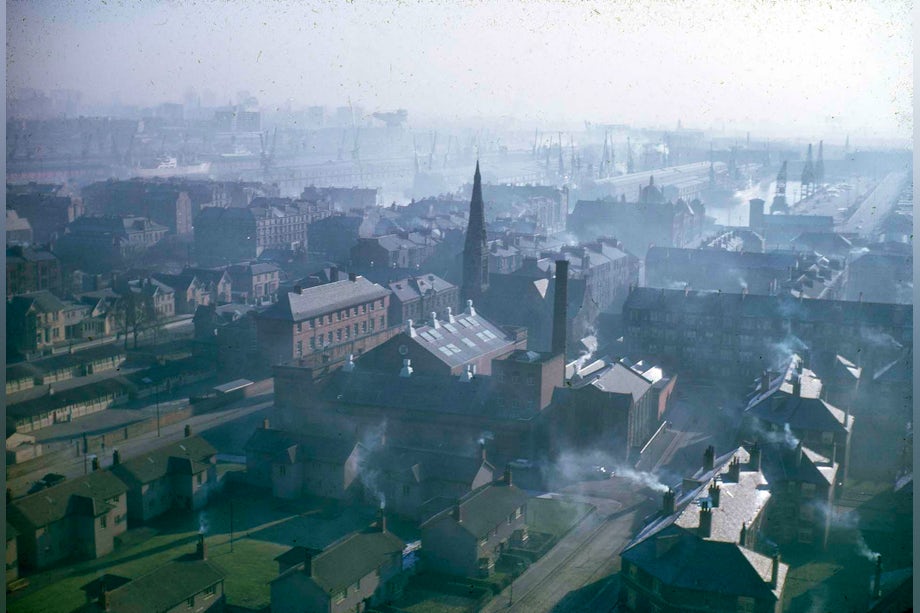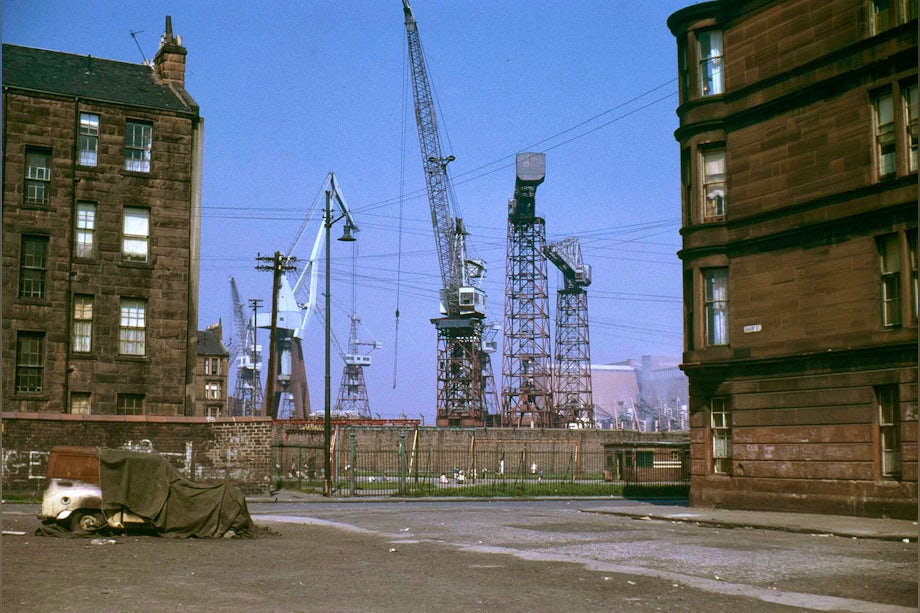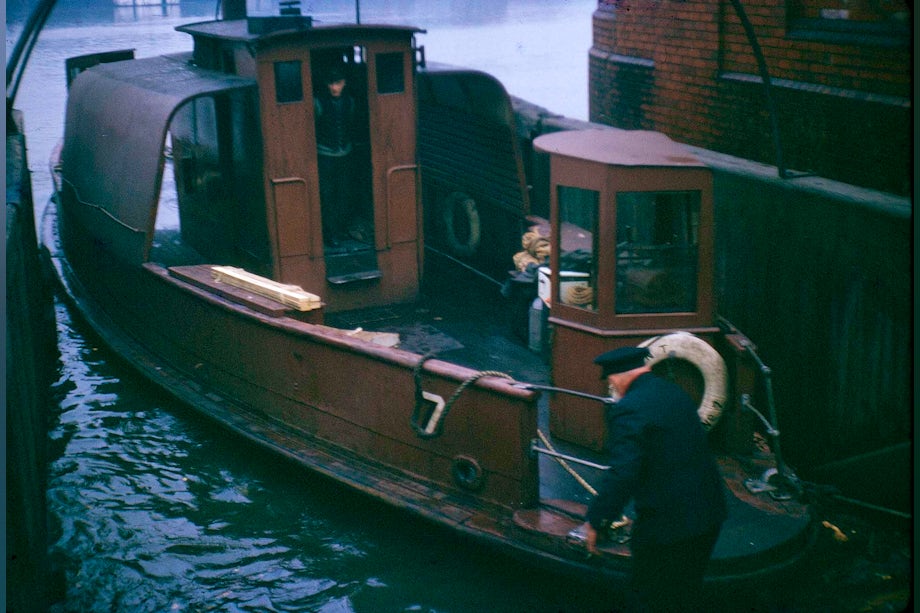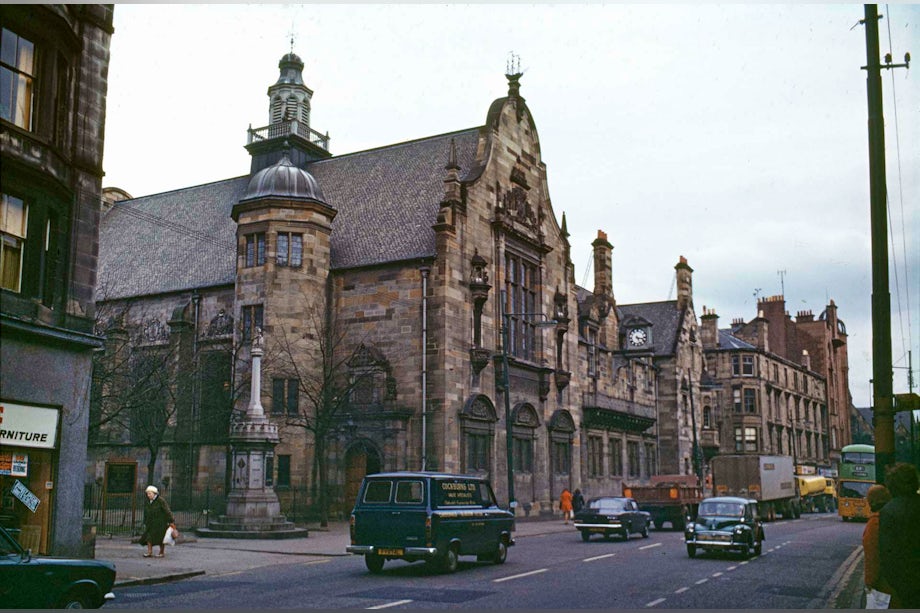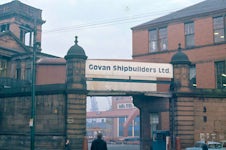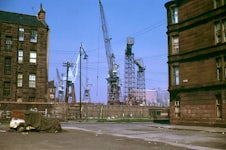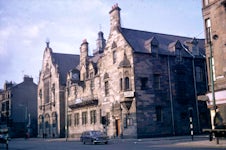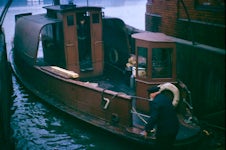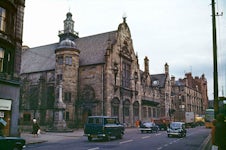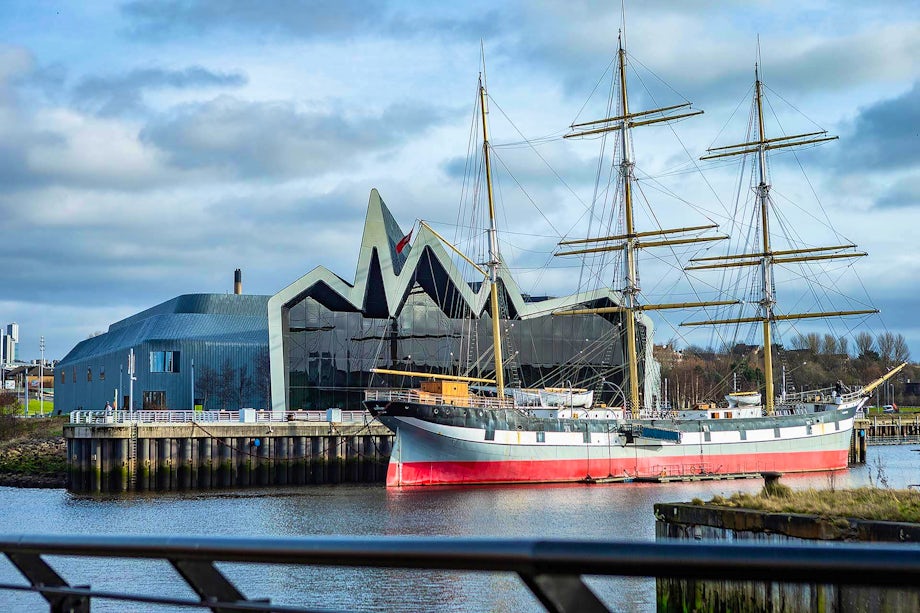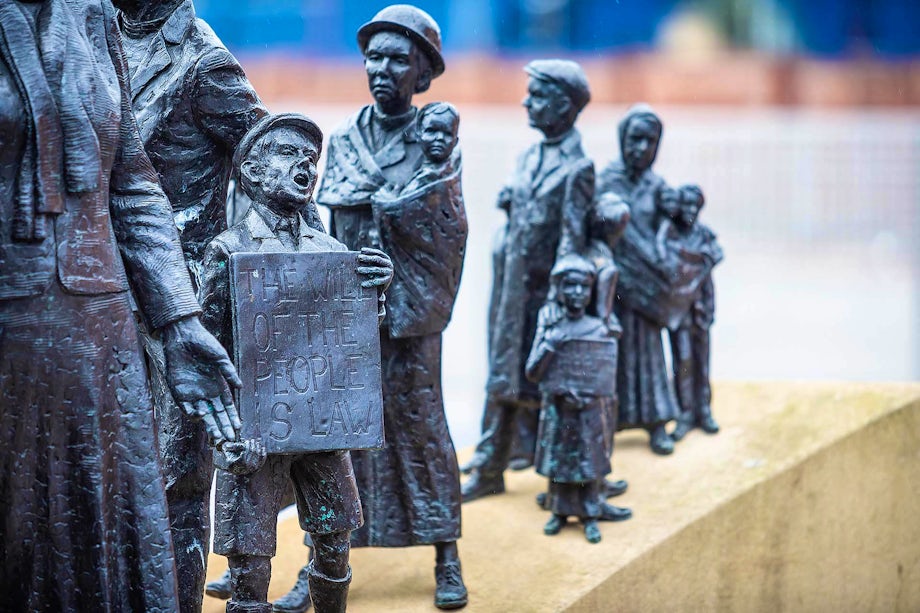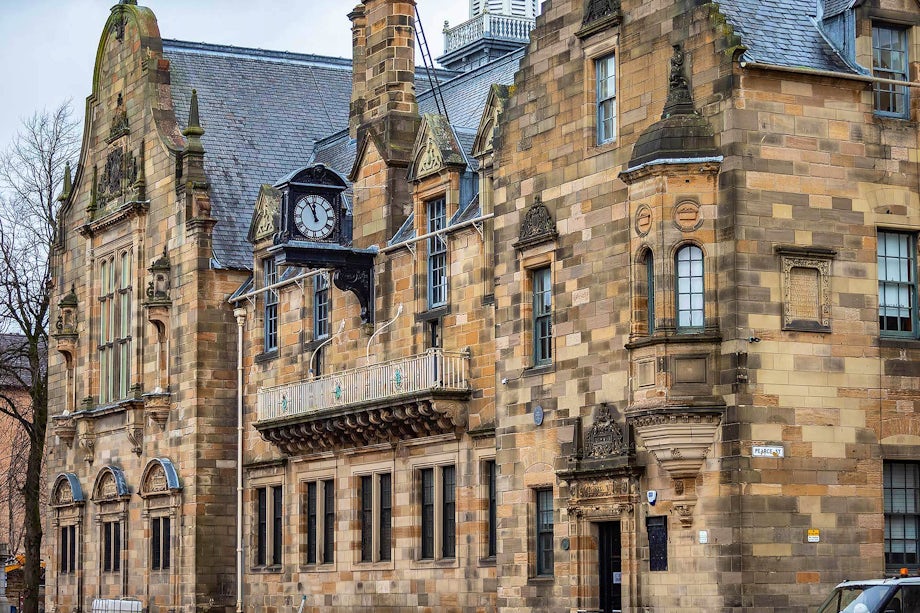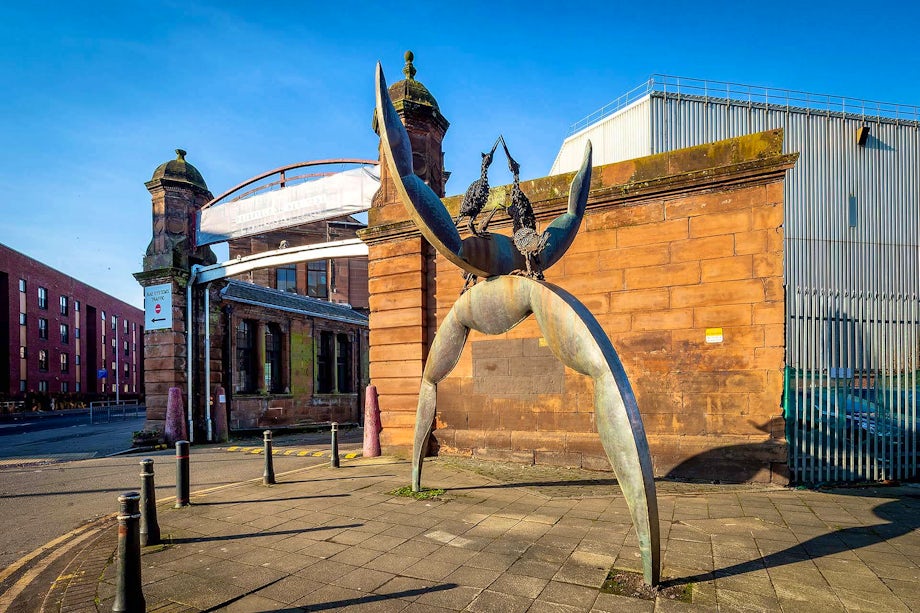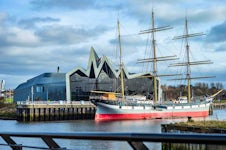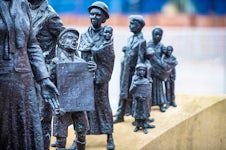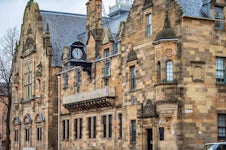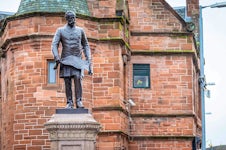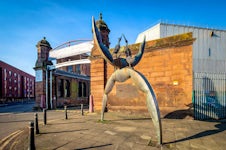This is Govan
Govan's rich history
Govan originated as part of the ancient Kingdom of Strathclyde where the local language was a form of Cymro-Celtic, related to modern-day Welsh. The terms Gov, Govan and Govant were all used to designate an artist or a smith who prepared metal from raw ore. It has been suggested that the workshops of the early Christian artisans may have given its name to both the village and the parish. The Govan Old Parish Church holds early Christian carved stones.
A riverside district known for its traditional pubs and red sandstone Victorian buildings, Govan is a unique story of the new blending in with the old, with the conversion of old tenement buildings into modern living spaces and old shipyards into cultural and entertainment centres.
Govan through the ages
Govan was an ancient settlement which was home to the Vikings and the earliest Christian settlers. It has a rich history of farming, fishing, weaving and, of course, shipbuilding, and is a place of exceptional architecture. Govan was also the setting for the women rent strikers of 1915. Lead by Mary Barbour, they held months of protests against rent increases by Glasgow landlords, and finally achieved a change in the law to reduce rents to pre-war levels across the UK.
Govan has always been seen as a working-class area due to the many shipyards which employed their local workforce from the close-knit tenement community. Many generations of the same family stayed in the same street. The streets were filled with a variety of shops including greengrocers, general stores, toy shops, record shops, fish and chip shops and cafes. There was also a steamie, swimming baths and, at one time, four cinemas – the Vogue, the Plaza, the Elder and the Lyceum. During World War II Govan suffered during the blitz. Many properties were damaged and a lot of derelict ground where shops and tenements had been reduced to rubble.
Govan today
The last remaining shipyard now stands alongside new developing businesses, such as the Science Centre, BBC and STV studios, new hotels and Queen Elizabeth University Hospital, which replaced the Southern General, now nearby. The Riverside Museum is just a short ferry trip away, as well as the Hydro and SECC.
The spirit of the local people was never destroyed and by working together they have ensured that Govan has enjoyed a resurgence, with new businesses, homes and schools now thriving.
The diversity of Govan has seen people from all over the world welcomed; we have large Polish, Eastern European and African communities living in and enjoying the area.
Although in the past Govan has received negative exposure as it endured a period of decline and poverty, the resilient and spirited community will ensure that this historic place, with its many assets, will regenerate and restore the pride in all of its residents.
